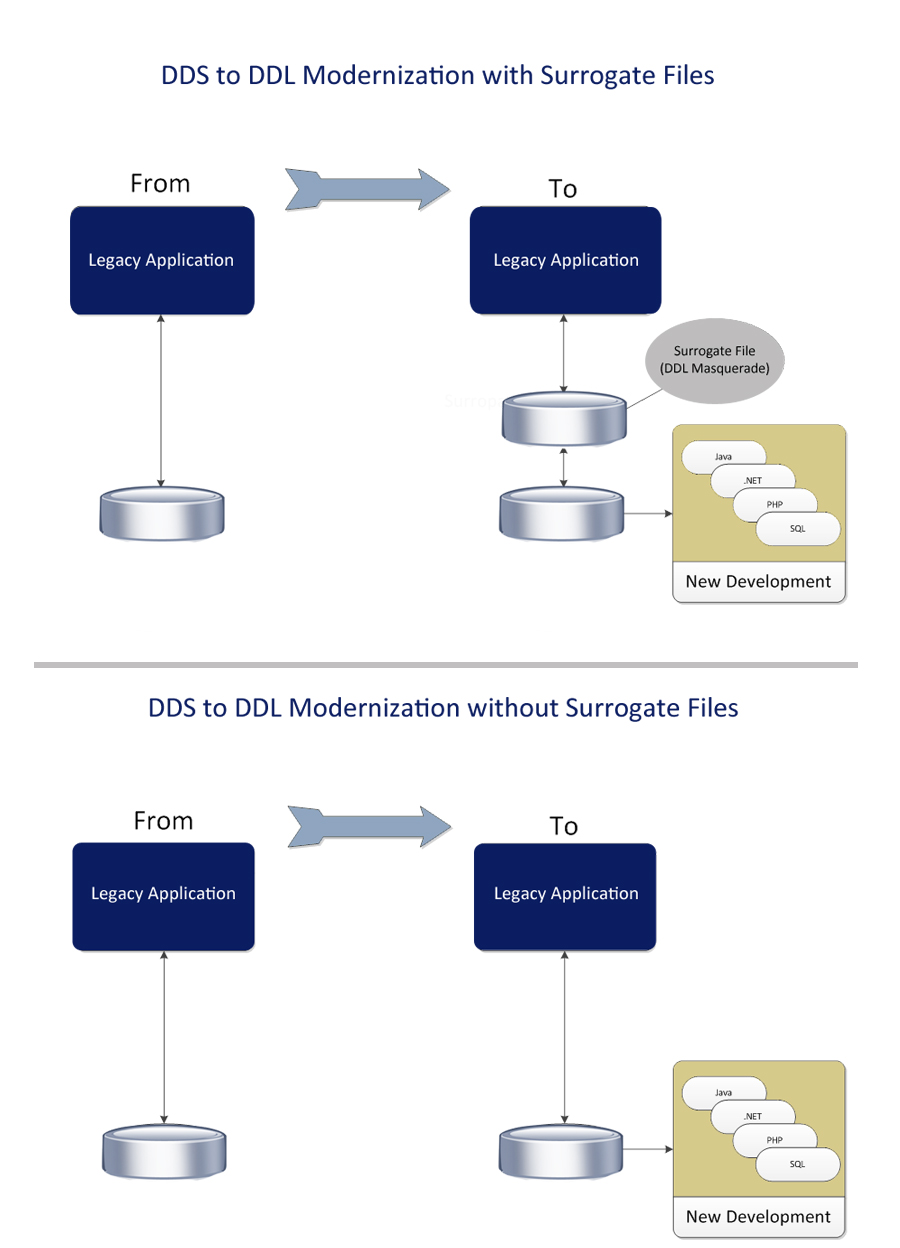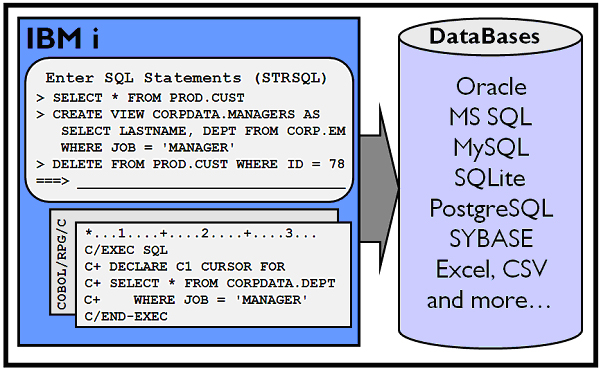07/29/2013
| Alison Butterill |
IBM i: A Competitive Advantage
It’s always interesting to me that there are so many customers who run IBM i. Checking in at a hotel, checking out at a cash register; I see IBM i everywhere. As a previous blog entry from Steve Will pointed out, IBM i runs businesses all over the world but much of the time the use of IBM i is well hidden from view.
Many banks, retailers and insurance companies run their entire operation on IBM i. I wish more of them would agree to let us tell their stories through references and case studies. The irony is that they would love to share their success, but they consider running IBM i to be a competitive advantage. In the highly competitive world of today, they are unwilling to disclose their advantage.
As I meet with more clients all over the world, I now realize that all companies running IBM i have an advantage over their competition. Whether they are in a highly competitive business or not, the high degree of integration inherent in IBM i, provides every client with superior economics, ease of use and lower operational costs. All of these are contributing factors to a competitive advantage. These are even more important as clients are being driven to do more with less. This is a consistent theme I hear from every client—they are being asked to do more with less; more sales with fewer people, more client services with fewer staff.
Luckily for IBM i clients, they can do more with less—specifically, provide more function and more business benefit with less staff. This has been the case for IBM i clients since the introduction of the AS/400 in 1988. IBM Sellers have talked about how the Lower Total Cost of Ownership over 3 years is measurable and recorded by many clients. In October last year, we published an ITG Study that reported on the lower TCO and lists all the reasons why this is true. But where are the examples? Where can we read about the customers who realized this benefit and will share their stories?
Here are a few examples of clients who attribute IBM i for their ability to “do more with less”.
The Fashion Institute of Design & Merchandising (FIDM) is very open about how they are using IBM i. They use a wide variety of IBM hardware and software in their enterprise, including products from both IBM Power and IBM Software Group. They implement the most amazing and ingenious solutions, always evolving their technology to match the needs of the business. In a recent case study done by IBM Software Group, Roxanne Reynolds-Lair, CIO of FIDM, points out that their staff now selects other products based on the computing paradigm set by IBM i. “Ease of custom application development is critical, as is ease of information posting and portal management. These are especially important in an economy where the IT staff is often asked to ‘do more with less.’ ”
The FIDM case study documenting FIDM's latest integration of IBM SWG products including WebSphere Portal, Lotus Notes and Connections, WebSphere App Server and more will be published shortly.
Read about other organizations doing more with less and doing it on Power with IBM i. Here are some great examples:
Read these and I know that you will agree with me. Every IBM i client has a competitive advantage, whether they acknowledge it or not.
Many banks, retailers and insurance companies run their entire operation on IBM i. I wish more of them would agree to let us tell their stories through references and case studies. The irony is that they would love to share their success, but they consider running IBM i to be a competitive advantage. In the highly competitive world of today, they are unwilling to disclose their advantage.
As I meet with more clients all over the world, I now realize that all companies running IBM i have an advantage over their competition. Whether they are in a highly competitive business or not, the high degree of integration inherent in IBM i, provides every client with superior economics, ease of use and lower operational costs. All of these are contributing factors to a competitive advantage. These are even more important as clients are being driven to do more with less. This is a consistent theme I hear from every client—they are being asked to do more with less; more sales with fewer people, more client services with fewer staff.
Luckily for IBM i clients, they can do more with less—specifically, provide more function and more business benefit with less staff. This has been the case for IBM i clients since the introduction of the AS/400 in 1988. IBM Sellers have talked about how the Lower Total Cost of Ownership over 3 years is measurable and recorded by many clients. In October last year, we published an ITG Study that reported on the lower TCO and lists all the reasons why this is true. But where are the examples? Where can we read about the customers who realized this benefit and will share their stories?
Here are a few examples of clients who attribute IBM i for their ability to “do more with less”.
The Fashion Institute of Design & Merchandising (FIDM) is very open about how they are using IBM i. They use a wide variety of IBM hardware and software in their enterprise, including products from both IBM Power and IBM Software Group. They implement the most amazing and ingenious solutions, always evolving their technology to match the needs of the business. In a recent case study done by IBM Software Group, Roxanne Reynolds-Lair, CIO of FIDM, points out that their staff now selects other products based on the computing paradigm set by IBM i. “Ease of custom application development is critical, as is ease of information posting and portal management. These are especially important in an economy where the IT staff is often asked to ‘do more with less.’ ”
The FIDM case study documenting FIDM's latest integration of IBM SWG products including WebSphere Portal, Lotus Notes and Connections, WebSphere App Server and more will be published shortly.
Read about other organizations doing more with less and doing it on Power with IBM i. Here are some great examples:
Read these and I know that you will agree with me. Every IBM i client has a competitive advantage, whether they acknowledge it or not.




